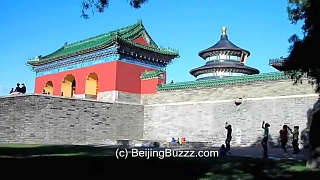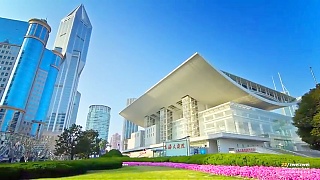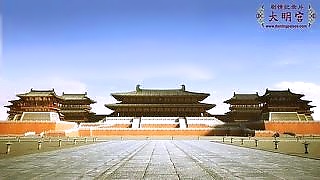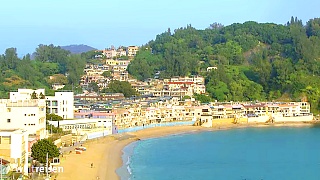
|
The magnificent Temple of Heaven (TianTan) was constructed between 1406 and 1420 (Ming dynasty) during the reign of the emperor YongLe who also oversaw the construction of the Forbidden City.The Temple of Heaven was where emperors of the Ming and Qing dynasties would offer sacrifices to heaven and pray for good harvests.
The temple complex was extended during the reign of emperor JiaJing during the 16th century (Ming dynasty). JiaJing also constructed three other key temples in Beijing : the Temple of the Sun in the east, the Temple of the Moon in the west, and the Temple of Earth in the north.
Emperor QianLong directed a renovation of the Temple of Heaven during the 18th century (Qing dynasty).
The architecture and layout of the Temple of Heaven is based on elaborate symbolism and numerology. One example is that the buildings and their settings reflect ancient Chinese religious beliefs that imagine heaven as round and earth as square.
Because the Temple of Heaven was to be the place representing Heaven on Earth, it needed to be larger than the Forbidden City; it covers approximately twice the area and is about 2 kilometers from north to south, the primary axis with three main structures; indeed, it is the largest group of constructions for worship in the world.
In 1998, the Temple of Heaven was added to the UNESCO World Heritage List. In early 2005, the Temple of Heaven underwent a 47 million yuan (6 million USD) renovation that was completed on May 1st, 2006.
The Temple of Heaven is a delightful place to spend some time. Arrive in the early morning to watch the Tai Chi experts, although the park is lively all day and into the evening with kite flyers, musicians, singers, dancers and games players (from badminton to Chinese chess).
|







 Taiwan discussion (and much more) with Einar Tangen
Taiwan discussion (and much more) with Einar Tangen
















